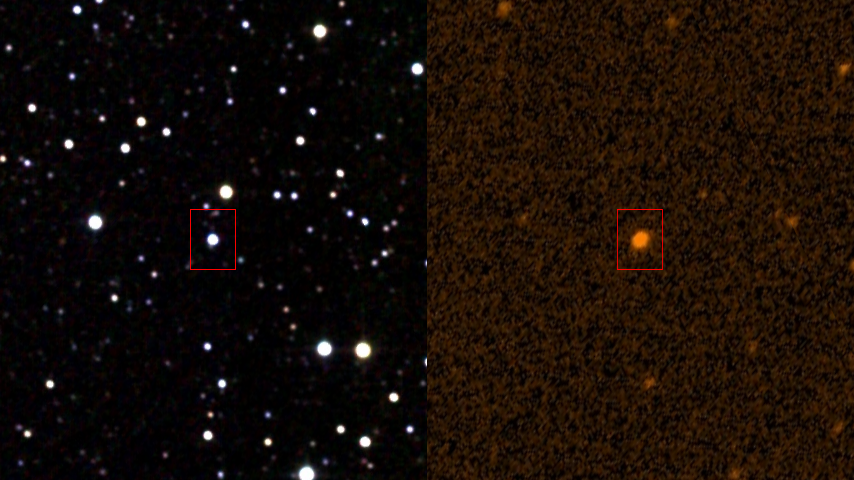Comets and Aliens: the Unexplained Luminosity Fluctuations of Tabby’s Star
KIC 8462852, more colloquially known as Tabby’s Star, drew the attention of the space community when it was found that the star exhibited irregular changes in its brightness. The Kepler space telescope monitored the star continually throughout the years 2009 to 2013, and during this time the luminosity of the star dipped by 15% in March 2011 and 22% in February 2013. This was unprecedented, as even exoplanets passing in front of stars only block about 1% of light. Additionally, photographic plates from the Harvard College Observatory suggest that KIC 8462852’s luminosity has dimmed by approximately 0.34% per year over the course of the past century.
One explanation may be a collection of exocomets repeatedly passing in front of the star. A research paper studying the fluctuations of KIC 8462852 suggests that a smaller star in the vicinity of KIC 8462852 may have tidally disturbed a collection of dormant comets on the edge of the surrounding star system. However, the number of comets needed to block even a small percentage of light would be massive. “It would be more mass than what we have in the whole Kuiper Belt,” writes Massimo Marengo, associate professor of astronomy at Iowa State University. Marengo co-authored the comet-theory research paper, and suggests himself that the theory is flawed, as the collection of comets would have to repeatedly pass in front of KIC 8462852 and grow in number each time.
Another theory is that alien megastructures cover some, if not all, of the star. Dyson spheres are theoretical megastructures that completely surround a star in order to capture the star’s energy output. This sort of building would correspond with the Type II civilization descriptor given in the Kardashev scale. The Kardashev scale is a method of measuring a civilization’s level of technological advancement, with three distinct types. Type I civilizations can use and store energy given off by their planet’s neighboring star, Type II civilizations can harness the entire output of their planet’s neighboring star, and Type III civilizations can control the energy output of its entire host galaxy. Jason Wright, an astronomer from Penn State University who first put forward the alien megastructure theory, believes that “aliens should always be the very last hypothesis you consider, but this looked like something you would expect an alien civilization to build.” However, further evidence is needed for this hypothesis. A search for waste heat, which would have been generated by a such a megastructure, found none. Wright has joined forces with Tabetha Boyajian, discoverer of KIC 8462852, and Andrew Siemion, director of the SETI Research Center, to request use of the VLA (Very Large Array) to search for any artificial radio signals emitted from the area surrounding KIC 8462852.
Even if the explanation for KIC 8462852’s strange fluctuations isn’t as fantastical as alien megastructures, whatever the cause is determined to be will certainly be just as interesting.






stavanM • Dec 3, 2021 at
what about the fermi paradox that alien species would have found us by now.